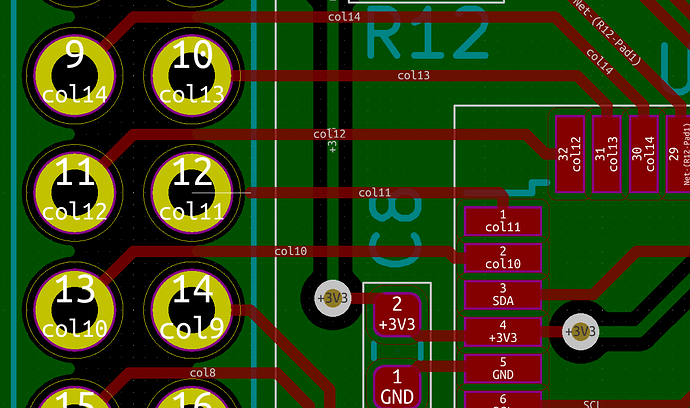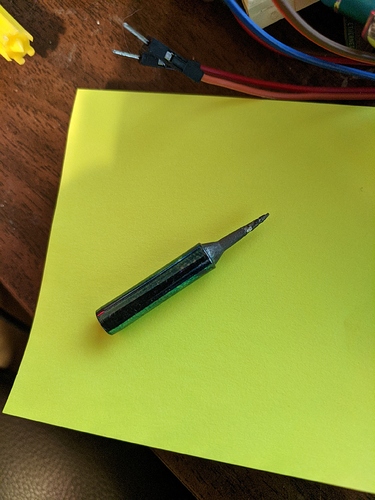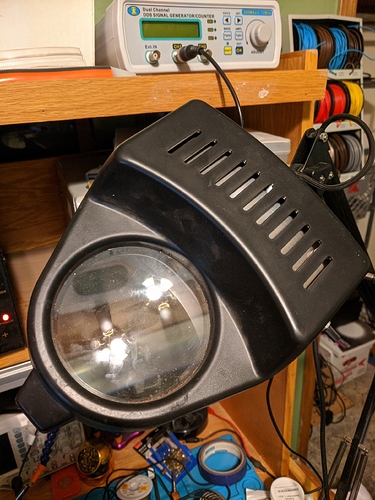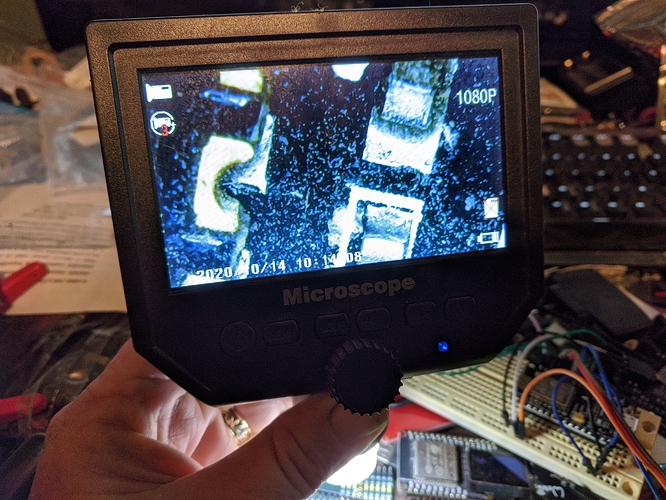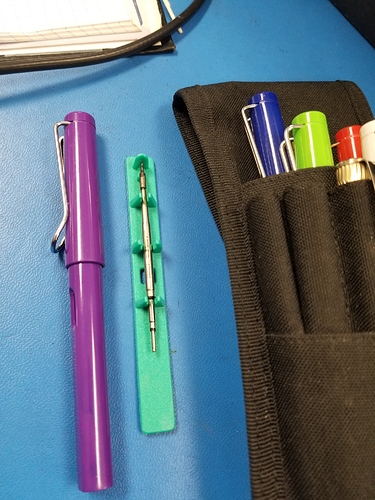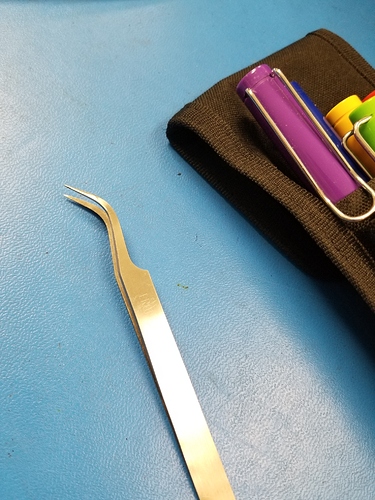I forgot that the check for unconnected traces was separate from the rest of the DRC in KiCAD. Explains why column 11 didn’t work too well on the boards I received. At least it’s an easy fix.
What are your plans for populating? I have a project in the queue that has SMD on both sides. I’ve never done SMD before, but I’m planning to do the whole thing with a hot air gun. My scouring the internet for insights has made me reasonably confident in pulling it off, but I’m always happy to hear from people with experience
Yeah, I typically use solder paste and a hot air rework station for SMDs. If you have many closely packed components it can be kind of a pain since you have to do them one at a time so they don’t blow all over the place. After the paste heats up and before the solder coalesces things slide around very easily and I find that I have to hold them down. I use SMD tweezers to position the components, but I’ve been looking into suction tools. Having good flux is very helpful for cleaning up shorts between pins on fine-pitched packages.
I haven’t done a board with SMD components on both sides, but I know when they are done commercially they use solder with a higher melting point for the first side so that the components don’t fall when the other side goes through the reflow process. Don’t know if that would be necessary when using hot air, but you may need to be careful not to heat the board too much when doing the second side.
A reflow oven makes things easier if you are doing a lot of them. Just plop down your solder paste, position the components, and chuck it in the oven. You can order stencils for applying solder paste, but I’ve never actually used them. As long as you get close enough to the right amount in the right place the solder will go where it needs to when it is heated. If you’re doing a lot of boards in a reflow oven the stencil would probably be nice, but probably not as useful when using hot air since you probably aren’t doing all of the components together.
You kids and your fancy paste…
At work I typically only do one or two boards. My boardhouse doesn’t offer
stencils. So I tin a pad, heat it and slide the components into the tin to
tack it down. I also avoid using BGA that’s an important tip.
We have a reflow oven at the space but I guess I didn’t have a ‘do not
hack’ sign on it and someone took out all the thermal protection.
(Forbidden cotton candy) I have used a hot air rework station, but I turn
down the fan speed. I did watch a student use a heat gun once that made for
an entertaining afternoon.
Don’t underestimate the power of copper braid. Get some of that liquid flux
I keep at the space put it on the braid not the board. A little goes a long
way. Get one of them vape juice bottles and use it to keep the flux in. Put
the braid on top the bridges and heat the braid with the iron. Don’t push
down you need heat not pressure. That braid will suck it right up. That
flux in the space is water solvable too so you can clean it with some
water. Same with the flux in the solder down there. The yeller stuff. They
make a red that’s a bit thicker, need to get a pound for the space, just
haven’t. At work we use water and a mild detergent and then bake it at 125c
for 20min or so. Rework in general is an artform, even solder techs shy
away from it. So don’t feel bad if you make a mistake worse.
I hand solder 0402 and sometimes 0201. Just takes time and patience.
Hand soldering is easier with a nice, pointy tip on your iron
and a good magnifier or microscope
You’re welcome to borrow any of these from me if it will help. I have new tips if you have any of these: HAKKO 936,937,907 Atten, Quick, Aoyue, ihua,Vastar,Sywon,Tabiger,SOAIY or X-Tronic soldering station.
Side note: Any microscope has to be good if it has “MICROSCOPE” printed prominently across the bezel. The bigger the letters, the better the instrument. Never mind that there may be no other identifying information on the entire thing…
That is 100% true. I have a tip I keep for work. The students get blamed for bending the ones in the lab so I just keep mine nice and with me (Bananas aren’t allowed on the test floor)
Just run the circuit at 3000v so that it can conduct through the air. Easy fix 
And then servo it with an op amp to account for micro changes in humidity and air pressure.
Not that hard Christian
Or just hold the metal tweezers across the gap. *
Don’t let go.
Ever.
*There is a small possibility that this may not be the optimal solution.
No solution is the optimal solution. Just pick one and commit. If it catches fire, reduce input power
